Evolution of Internet
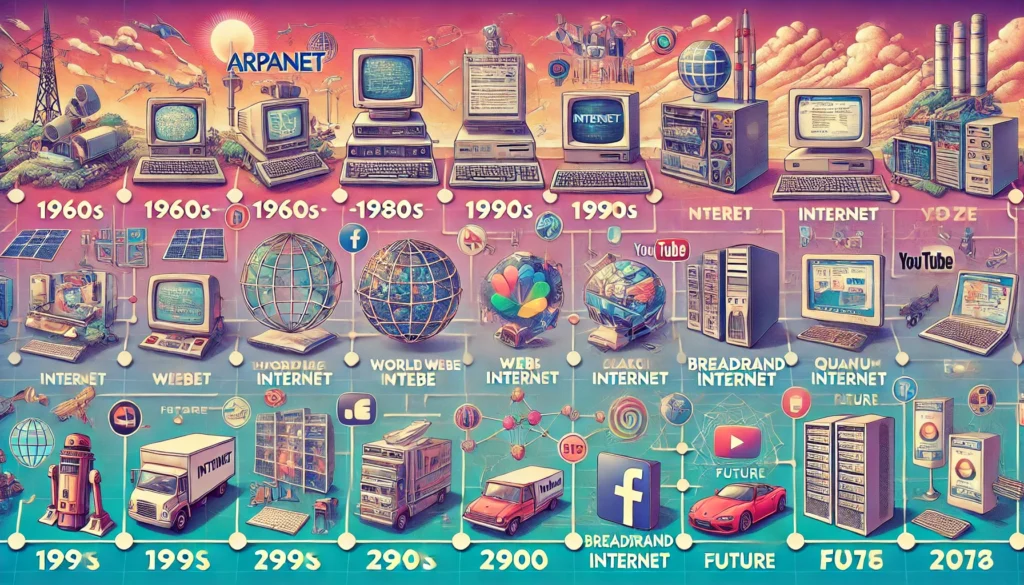
Media academic Straubhaar and LaRose describe Internet as “network of networks that connects computers worldwide so that they can exchange messages with one another and share access to files of computer data”. As Media scholars Lyn Gorman and David McLean in their book, Media and Society into 21st Century, point out that in its early developmental phase, the Internet not only provided a means of communicating and transferring information; it also offered new and alternative modes of expression.
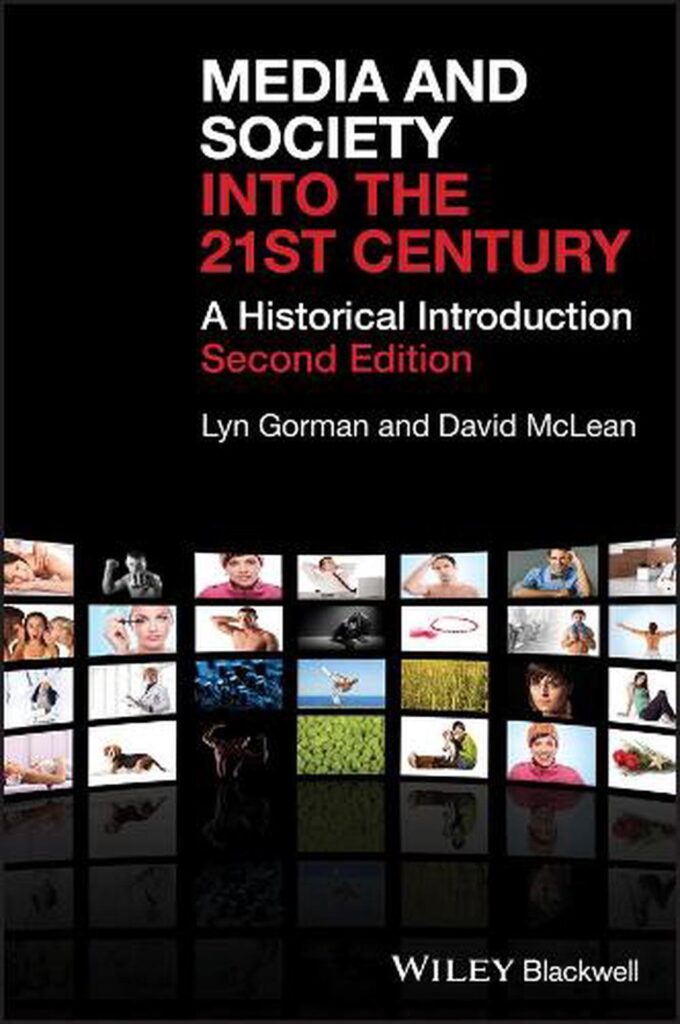
Internet, simply speaking is a network of computers across the world connected to each other to share data. It is also called the web, cyber space, virtual world or the net as well. The programmes which help the users access these websites are called web browsers. Tim Berners Lee introduced the first web browser World Wide Web in 1991-92. The web, back then was just an accumulation of static pages containing information in text or pictures. The communication was only one way as there was no method for the web surfer to provide feedback. This was called Web 1.0 version.
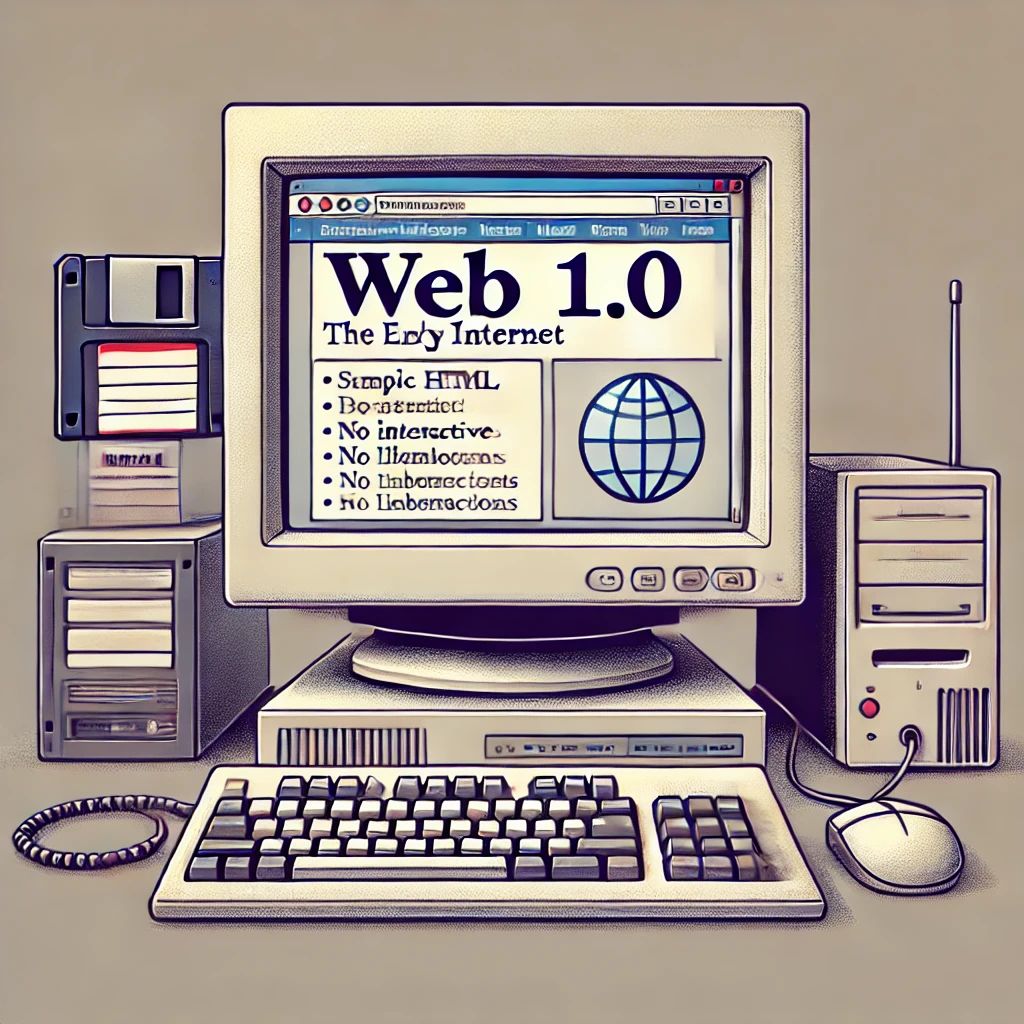
Web 2.0 is the version which initiated interactivity on the Internet. The interaction is twofold, with the content and with the people. So, one can today upvote and comment on YouTube videos as well as post on a friend’s Facebook page.
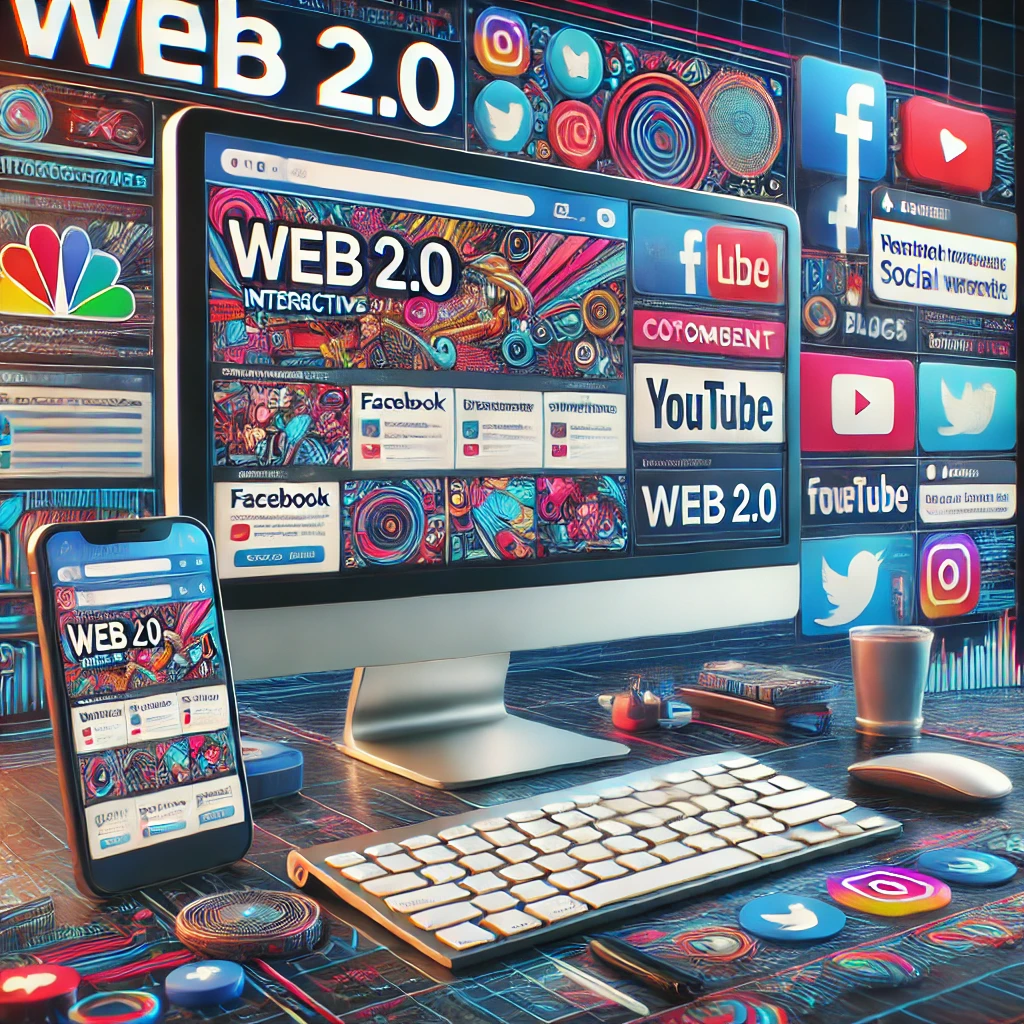
Web 3.0 is the future, where the communication will not merely be limited to people across the web, but between machines connected as well. For Ex., today
when your laptop automatically starts updating some software through the Net, it is communicating with the parent website. Google Search is another example
where a programme navigates through all the web pages available on its index to find what the user is looking for.

With such a large network and multiple communication channels and novel methods, the Internet began the era of Globalisation in its true sense. It also gave
birth to many powerful corporations like Microsoft, Apple, etc. These are the software industries working on making computers useful to humans, offline and online.
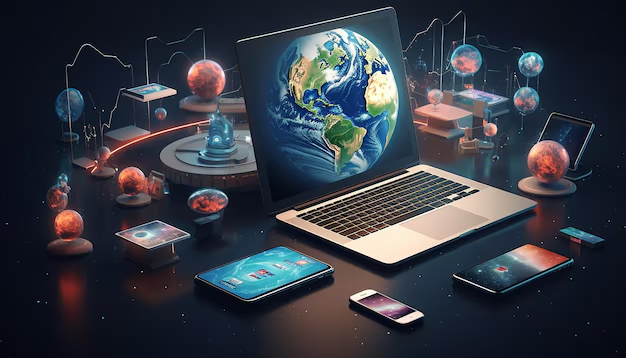
By the year 2000, Internet had heralded significant changes in global communication and removing the limitations of time and boundary. Facilities/services like email led to the instant contact with individuals. Electronic networking proved that Marshall McLuhan’s concept of Global Village seemed to be on its way to reality.
Source: IGNOU
Pic Credit: AI, Google
By: Rajat Ranjan
Follow me on Instagram- @therajatranjan
Follow us on Instagram- @SadhanaSources
